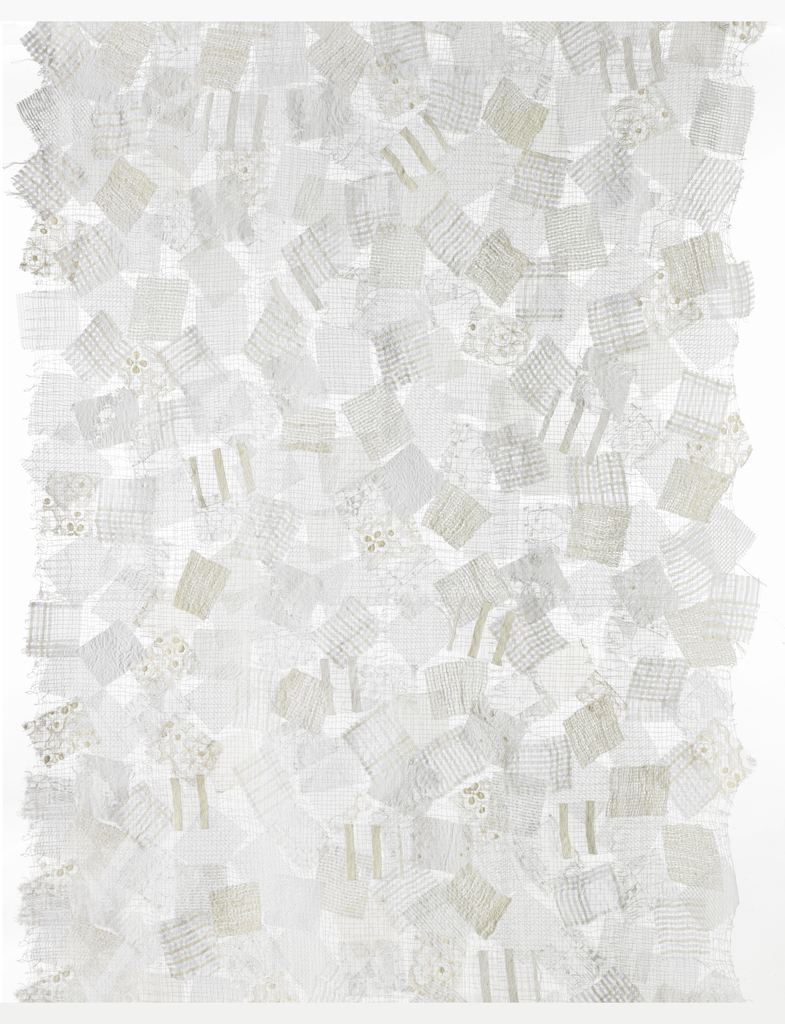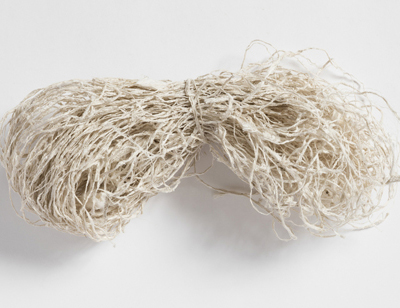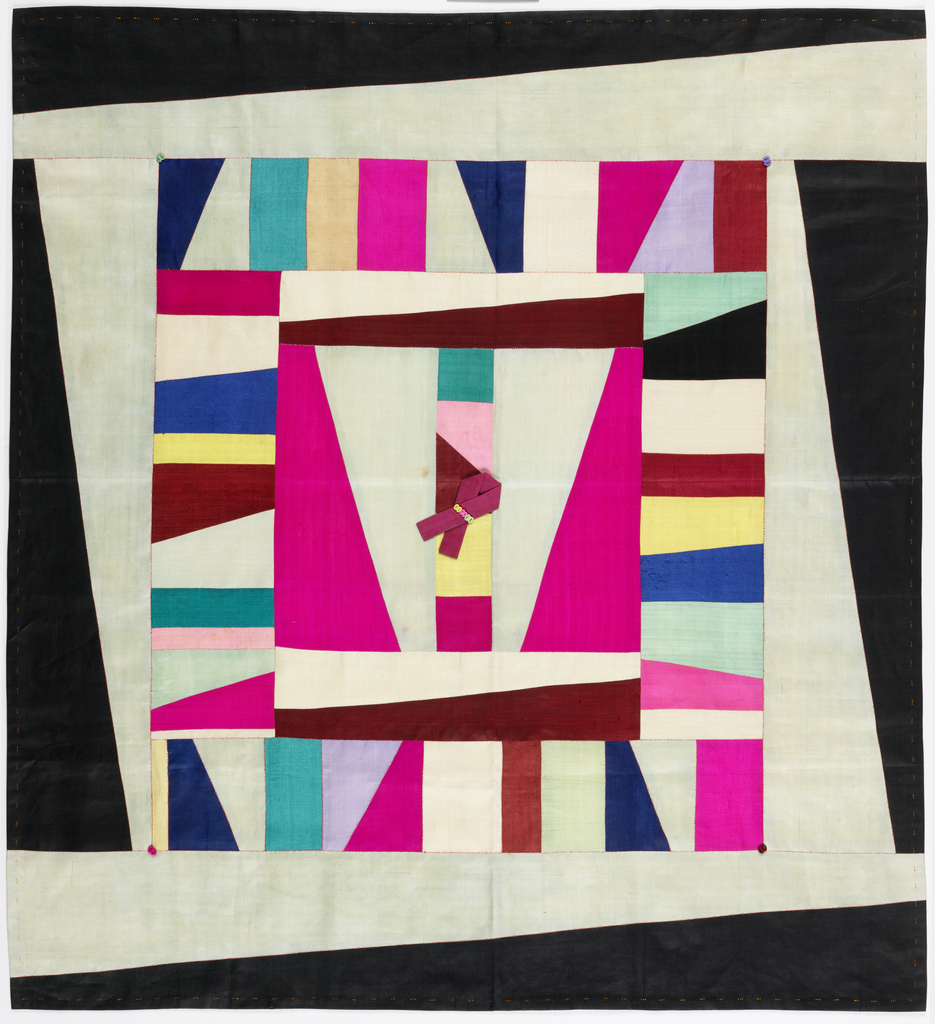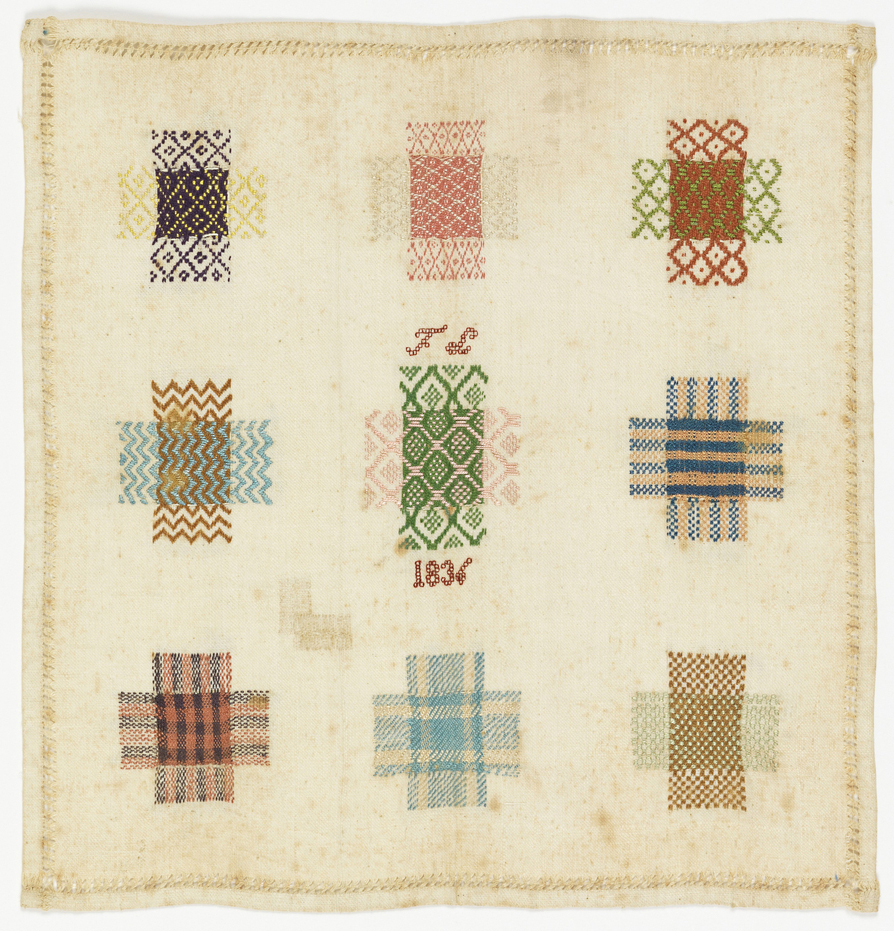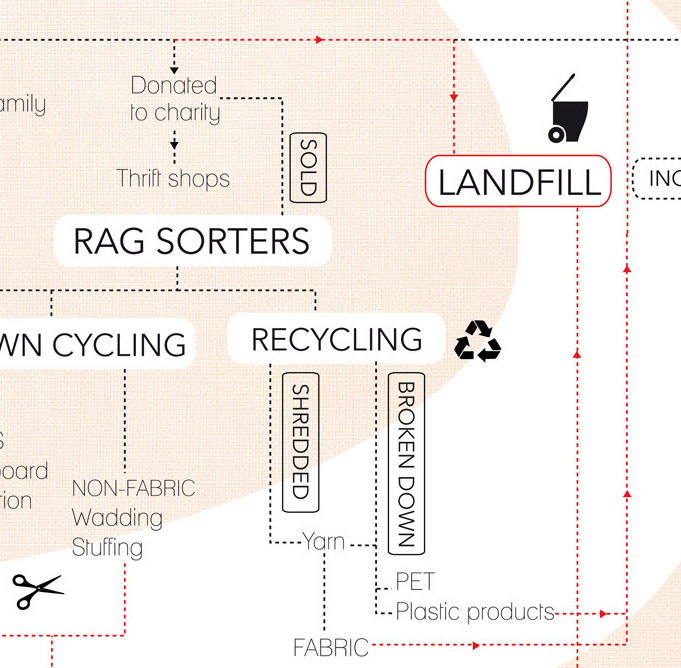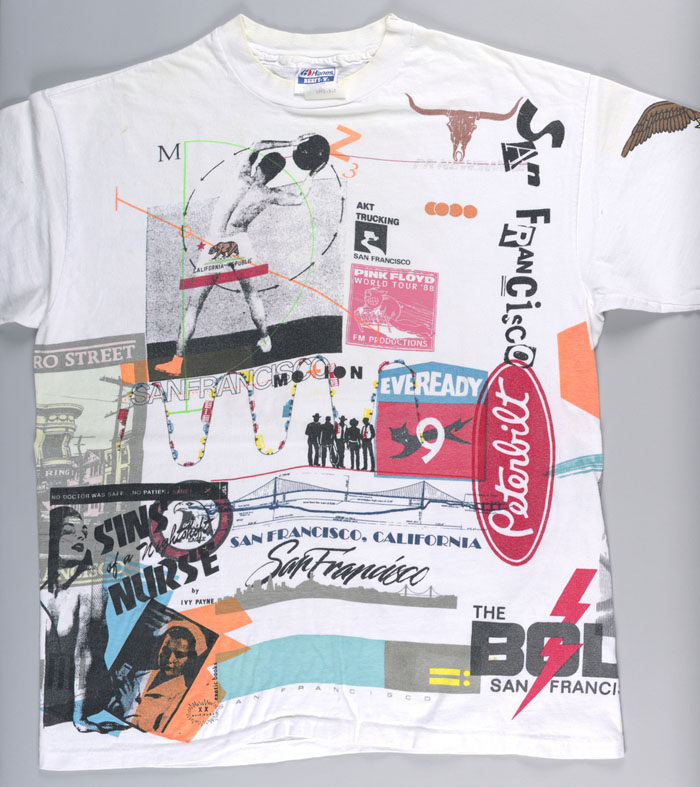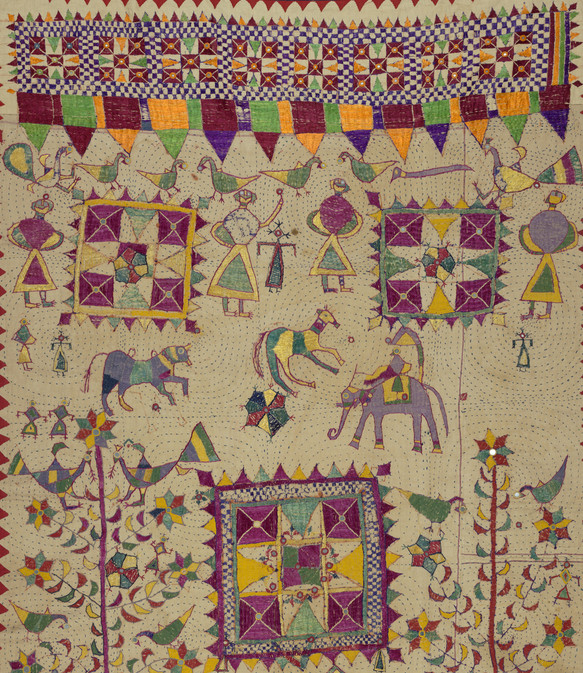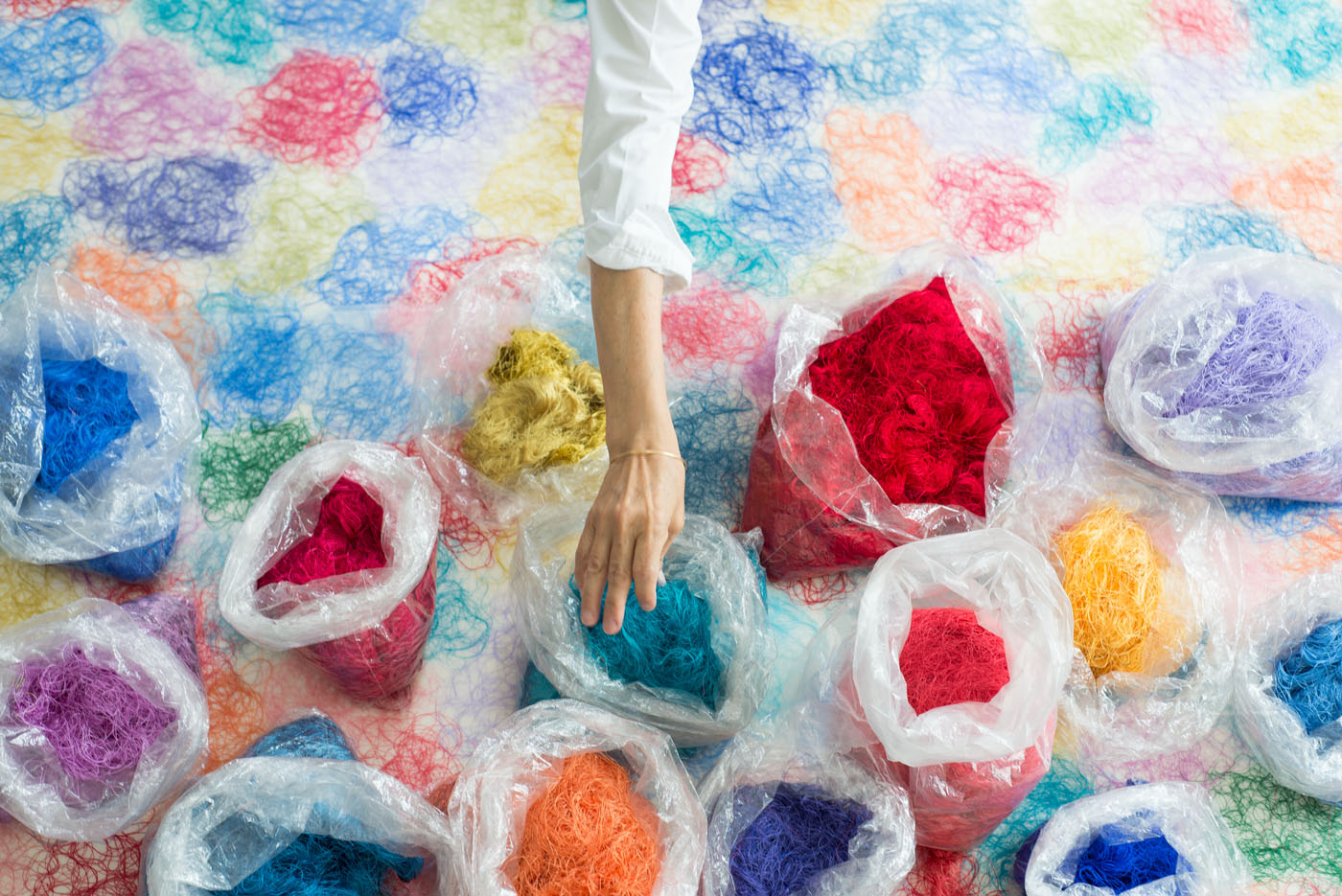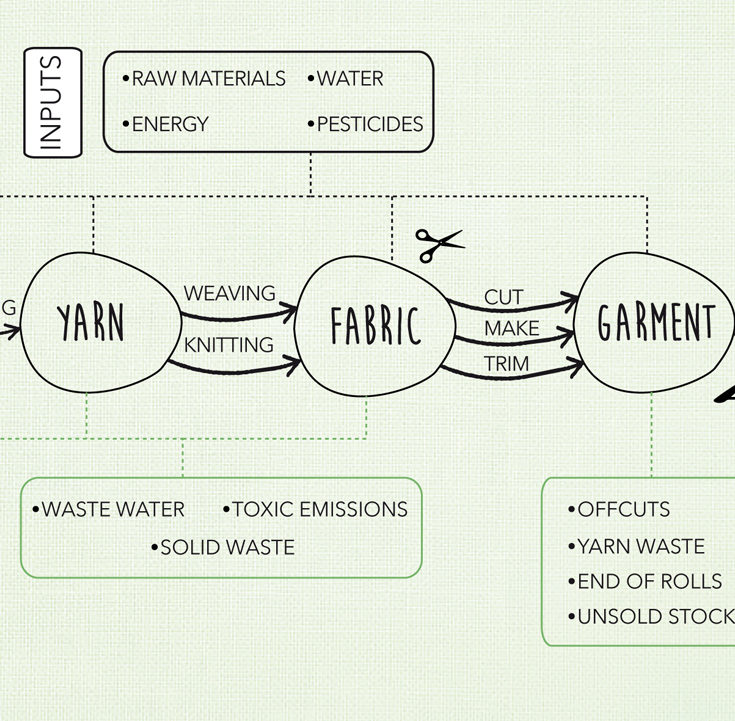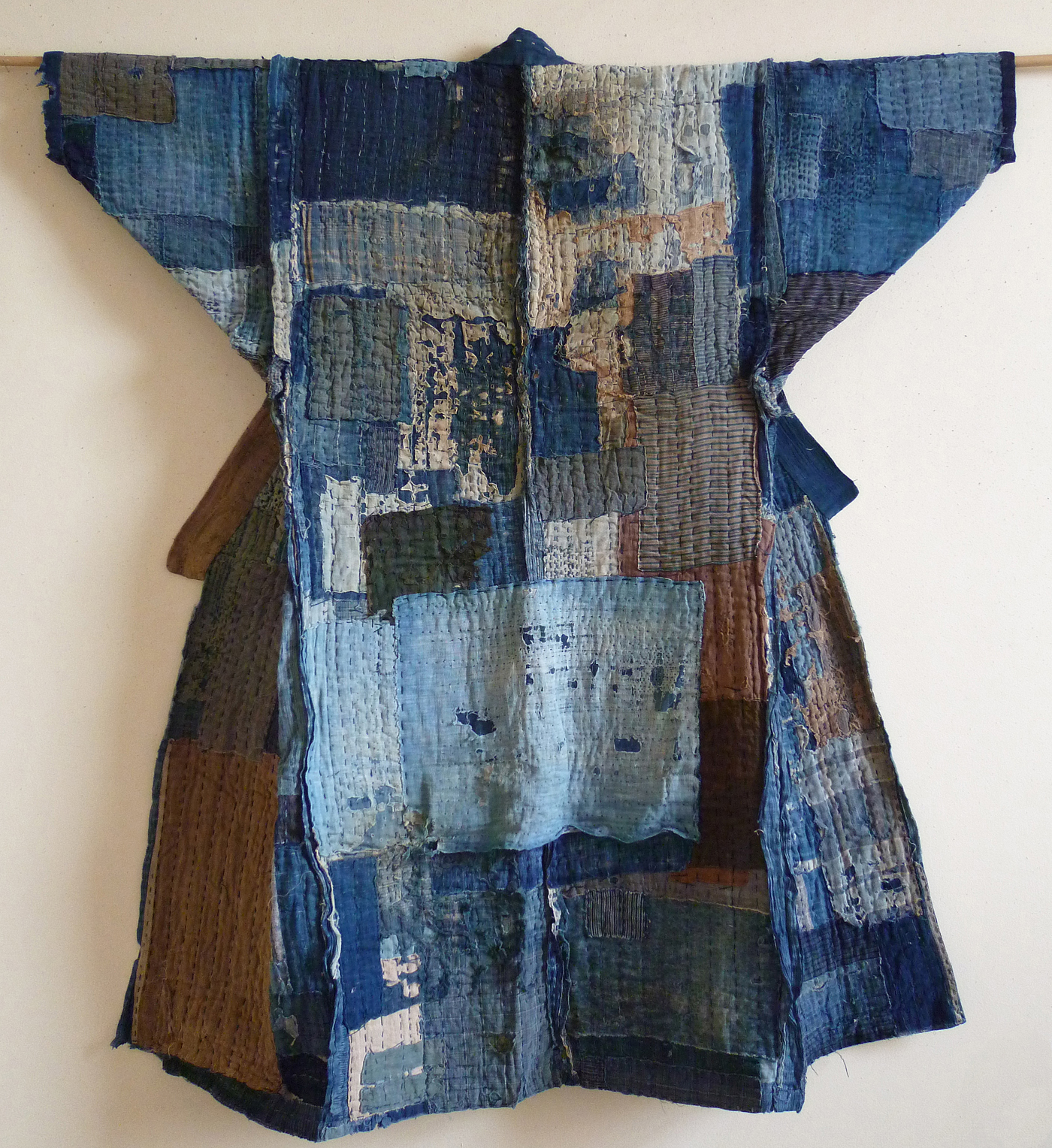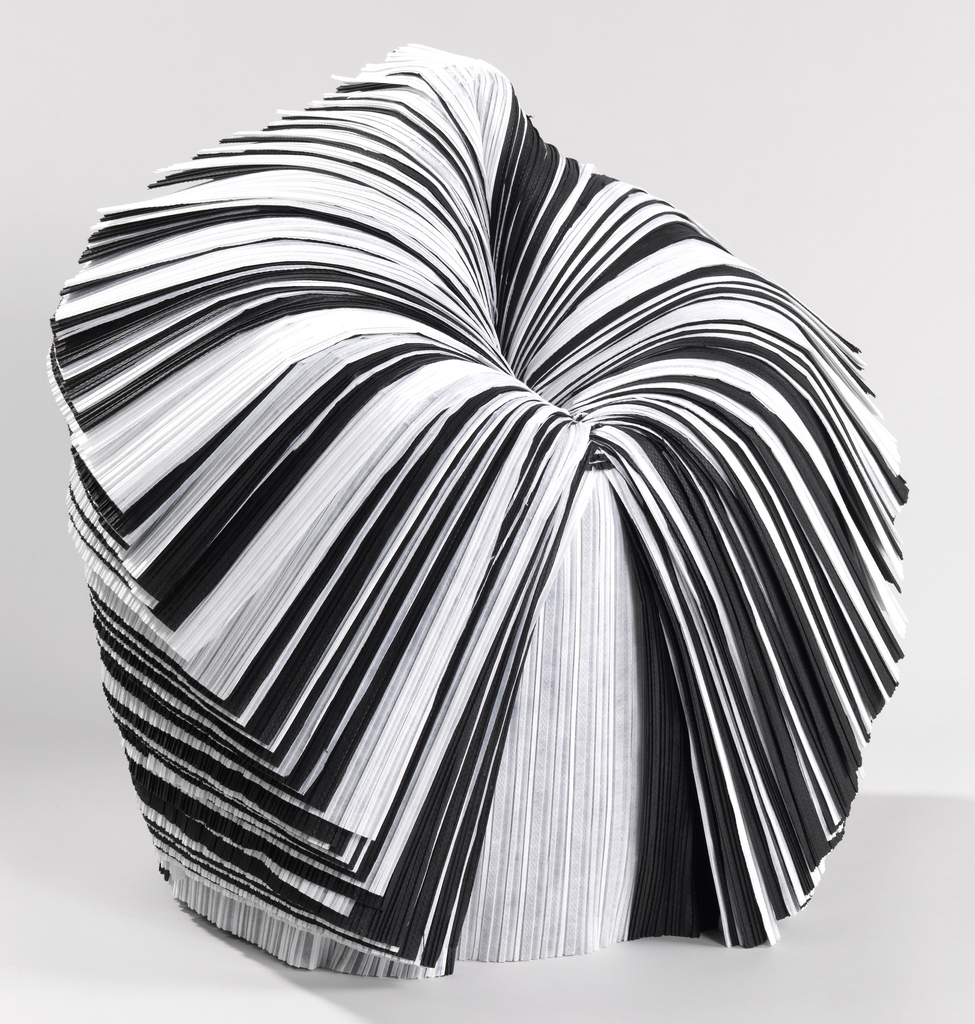Jamdani is a Persian term for the extremely fine hand woven figured muslins made in Bengal. Thicker cotton threads laid individually into the weft produce the illusion of a suspended pattern on the surface of an almost transparent cloth. Intricate color motives seem to float on the cloth. Jamdani is generally thought to have derived...
In celebration of Women’s History Month, March Object of the Day posts highlight women designers in the collection. Tsugihagi was designed by Reiko Sudo, one of Japan’s most important contemporary textile designers. Educated at Musashino Art University, she and Junichi Arai (Japanese, 1932–2017) were the co-founders in 1984 of the Japanese company and store, NUNO,...
Environmental and ethical reasons to extend the life of old clothing.
What happens to all of our clothes after we no longer want them?
The term "carbon footprint" refers to the impact of human activity on the environment based on levels of greenhouse gas (GHG) emissions.
Kantha is the practice of reinventing worn cotton fabric into household textiles in India and Bangladesh.
The fashion and textile industry is an intricate business. Do you know how it works?
Textile expert Stephen Szczepanek, owner of the textile gallery Sri, shares his knowledge about the remarkable recycling practices that were deeply embedded in Japanese folk culture.
Panel discussion presenting three Scraps designers’ approaches to the shockingly high human and environmental costs of textile and apparel production.
From the archives, a past collaboration of design firm Nendo and designer Issey Miyake.

